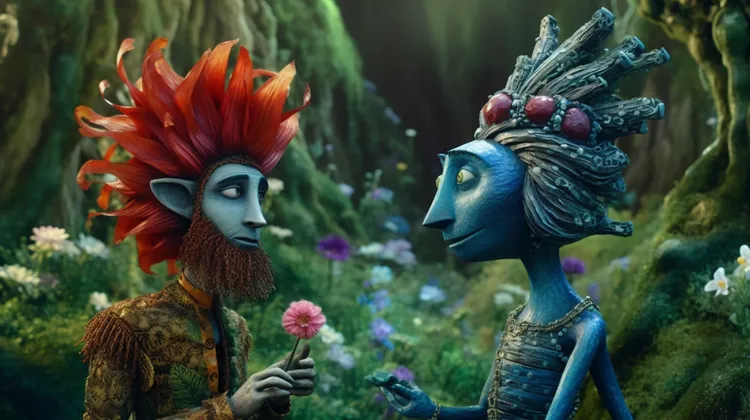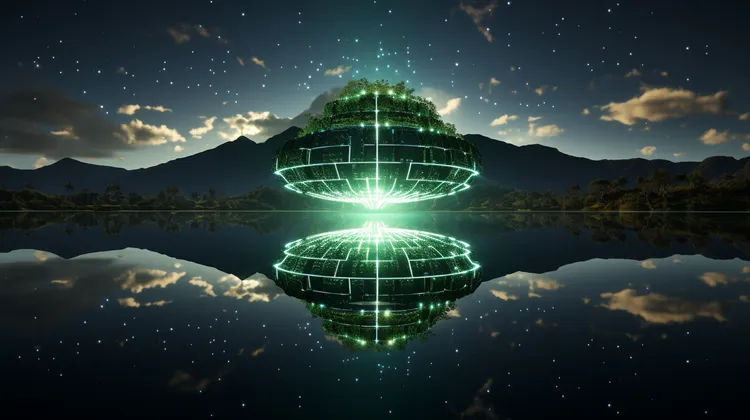What are NFT royalties, and how do they work?
Non-Fungible Tokens (NFTs) have taken the digital world by storm, revolutionizing the way we buy, sell, and collect digital assets. One of the key features of NFTs that sets them apart from other digital assets is the concept of royalties. NFT royalties allow creators and artists to earn a percentage of future sales whenever their artwork or digital collectible changes hands.
When an artist creates an NFT, they have the ability to set a royalty fee, typically ranging from 2.5% to 10% of the sale price. Once the NFT is sold, the artist automatically receives a portion of the resale value each time the token is bought and sold in the future. This makes NFTs a potentially lucrative source of income for artists, even long after the initial sale.
The royalty system works through smart contracts, which are self-executing contracts that automatically enforce the terms specified within them. In the case of NFT royalties, smart contracts ensure that whenever a royalty-earning NFT is sold, the predetermined royalty fee is automatically distributed to the creator’s digital wallet.
The introduction of royalties has significantly empowered artists in the digital space. Traditionally, artists would receive a one-time payment for their creations, and any future sales of their work would bring them no financial benefit. NFT royalties, on the other hand, allow artists to generate ongoing income from their creations as they appreciate in value. This new revenue stream has created a more sustainable model for artists and has led to increased interest and participation in the NFT market.
Additionally, NFT royalties also have the potential to generate more interest from investors and collectors. When collectors know that a percentage of their resale value will go back to the original creator, it incentivizes them to invest in NFTs and support artists. This circular economy benefits both artists and collectors, as it fosters a sense of collaboration and encourages the creation of high-quality and valuable NFTs.
However, while royalties can be a significant advantage for artists, determining and implementing royalty fees can be a complex task. Since NFTs can be created on various blockchain platforms, each with its own standards and royalty structures, it can be challenging to ensure fair and consistent royalty distribution. Furthermore, tracking and enforcing royalties across different platforms and secondary markets can also be a complicated process.
To address these challenges, some platforms and marketplaces have developed innovative solutions. They create unified marketplaces that support multiple blockchains, allowing artists to easily manage and collect royalties regardless of the blockchain on which their NFT is minted. This makes it more convenient for artists to earn royalties and provides them with greater visibility and control over their work.
NFT royalties have not only transformed the digital art world but have also expanded into other industries such as music, literature, and gaming. Musicians and authors can now sell their songs or novels as NFTs, each sale generating ongoing royalties for the creators. This opens up new avenues for monetization and can disrupt traditional revenue models in these industries.
In conclusion, NFT royalties have emerged as a game-changer for creators in the digital space. They provide artists with ongoing income streams long after the initial sale of their artwork, fostering a more sustainable and supportive ecosystem. With the rise of unified marketplaces and solutions designed to simplify royalty management, the future of NFT royalties looks promising. As the market continues to evolve, it is crucial for artists, collectors, and platforms to work together to ensure fair and transparent royalty distribution, unlocking the full potential of NFTs as a revolutionary economic force in the digital world.




NFT royalties are promoting greed in the art world.
This is just another way for artists to exploit their fans and collectors by taking a cut of future sales.
NFT royalties are just the beginning. I can’t wait to see what other innovations the digital art world will come up with in the future.
The complexity of NFT royalty distribution is just another way for platforms to profit off of artists without any real benefit to the creators.
NFT royalties could be a big part of the future of digital asset management. It’s exciting to be a part of this new ecosystem.
The concept of NFT royalties is ridiculous and only benefits the already-wealthy creators.